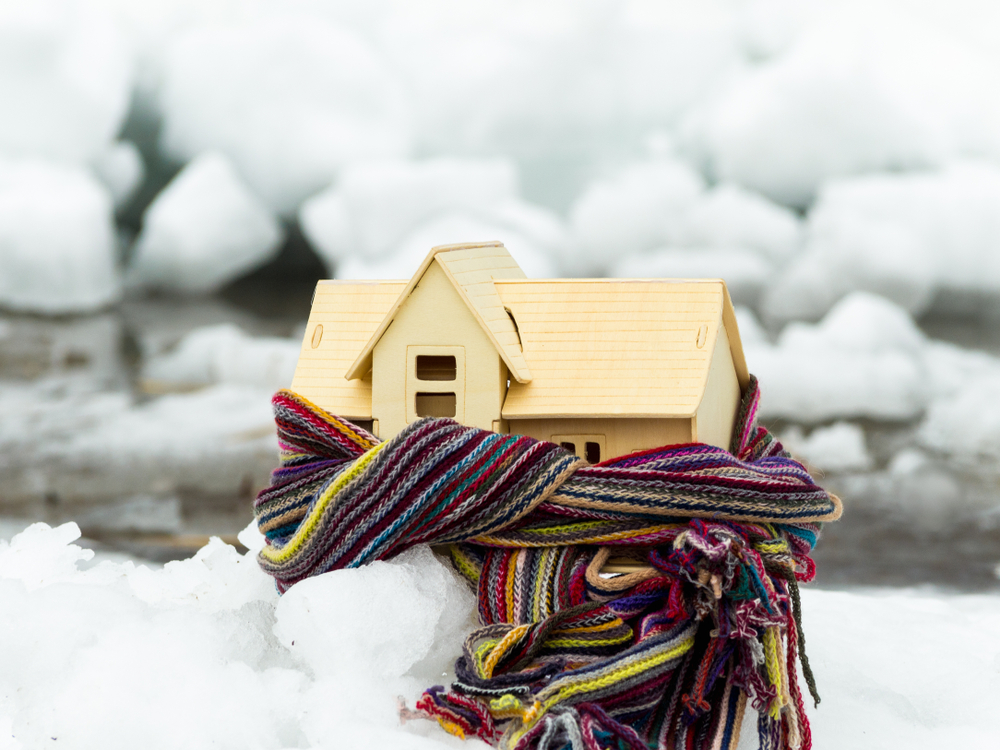How to winter proof rental properties
Published on 11th December 2018 by Laura West

You will be well aware of how winter can push your rental properties to their limits, and you no doubt want to avoid any tenant emergencies during the festive period.
A few precautions before the cold weather truly sets in can help reduce the possibility of emergencies to an absolute minimum. The first step is to ensure that your landlord insurance policy covers your property for the most common risks during winter, such as flood damage, third party liability for any injury to your tenant, storm damage and water leaks.
The next step is to ensure that your heating system is working efficiently, as it has a significant impact on your tenants as well as their energy bills. Whatever the system, it must be economical and safely designed, and this is in your best interests as a landlord in the long term. It is also a legal requirement that rental properties meet minimum energy standards and are checked and serviced annually by a qualified engineer. Central heating systems powered by oil or gas boilers prove to be the most effective and efficient, with modern condensing boilers turning at least 90 per cent of the fuel they use into heat. Older boilers are often between 30 and 40 per cent efficient. As winter approaches, it is the ideal time for your boiler to be serviced, to avoid any disruptions in the colder months.
Having an efficient system for heating without good insulation is like throwing good money away, so consider installing adequate insulation which will bring your property up to the minimum EPC rating of E. From 2020, this will also be a legal requirement for all tenancies. Insulate roof spaces and lofts, as this is an extremely effective but inexpensive way of improving the heat retention of a home. Consider also replacing any ill-fitting or old and draughty doors and windows, as this will not only improve heat retention but also increase the security of your property.
To help avoid any burst water pipes when the temperatures drop, ensure any water pipes that will be exposed to frost, such as those outside, in the roof space or crawl space, are properly insulated.
Check chimney stacks, roof and walls for any signs of loose or missing tiles, pointing or damp patches, as these could result in the disappearance of more tiles or expensive internal damage during high winds. Damp patches on external walls can result in decaying masonry which will penetrate to the interior, so ensure you investigate and put any damp right. Also, check external surface drains and guttering for blockages and leaks, as these can cause damage when ice forms.
Condensation is a major problem for many homes, especially during winter. Over time, condensation can lead to patches of black mould, which is caused by inadequate heating or lack of ventilation. Tenants often try to save money by having little heating on during the day, which results in condensation forming. Condensation can also form from bathing, drying clothes or cooking with no sources of ventilation. Ensure you have taken the steps necessary to reduce condensation, but you may also need to educate your tenants that they must adequately heat the home and ventilate it properly in order to avoid mould forming.
Property Deck enables professionals across the industry to manage people, properties and processes – all in one place, totally free. Even being GDPR ready, as well as offering an impressive number of other features and benefits – what have you got to lose? It’s the CRM for Property Managers and Agents.
Sign up here today.

